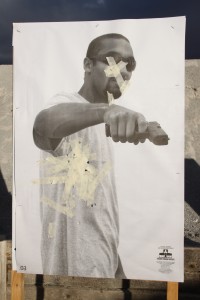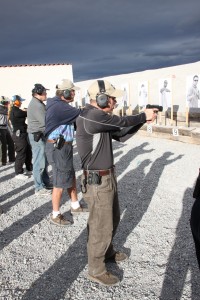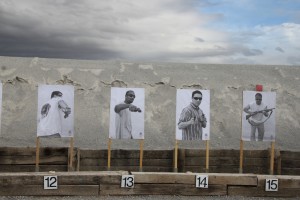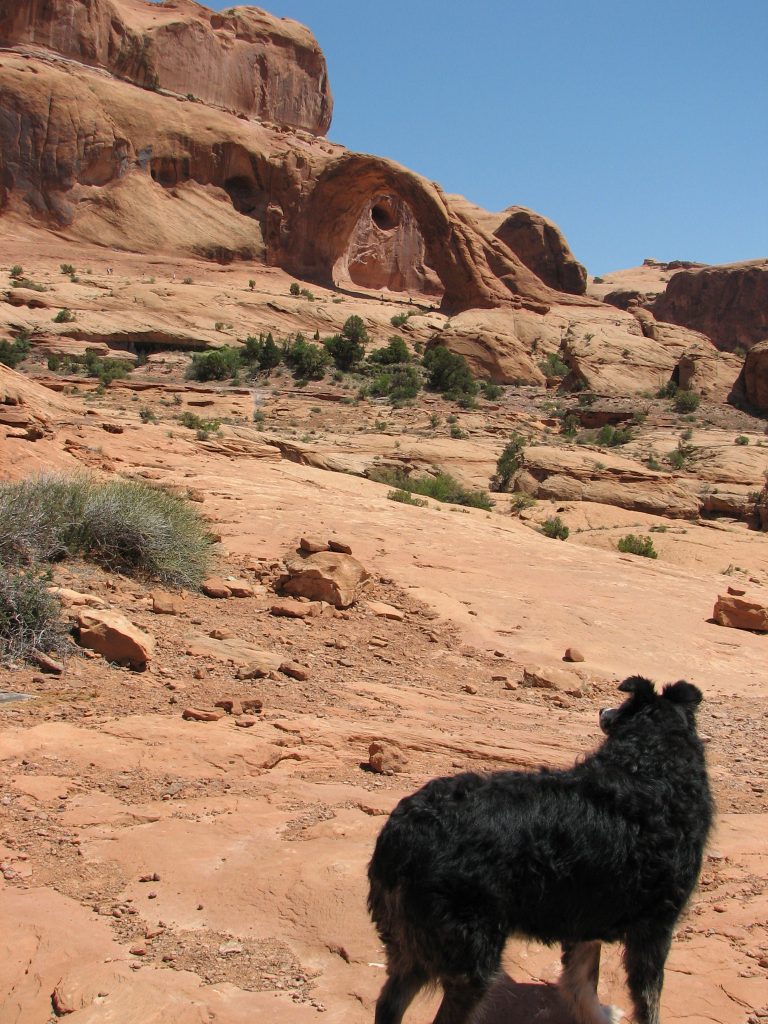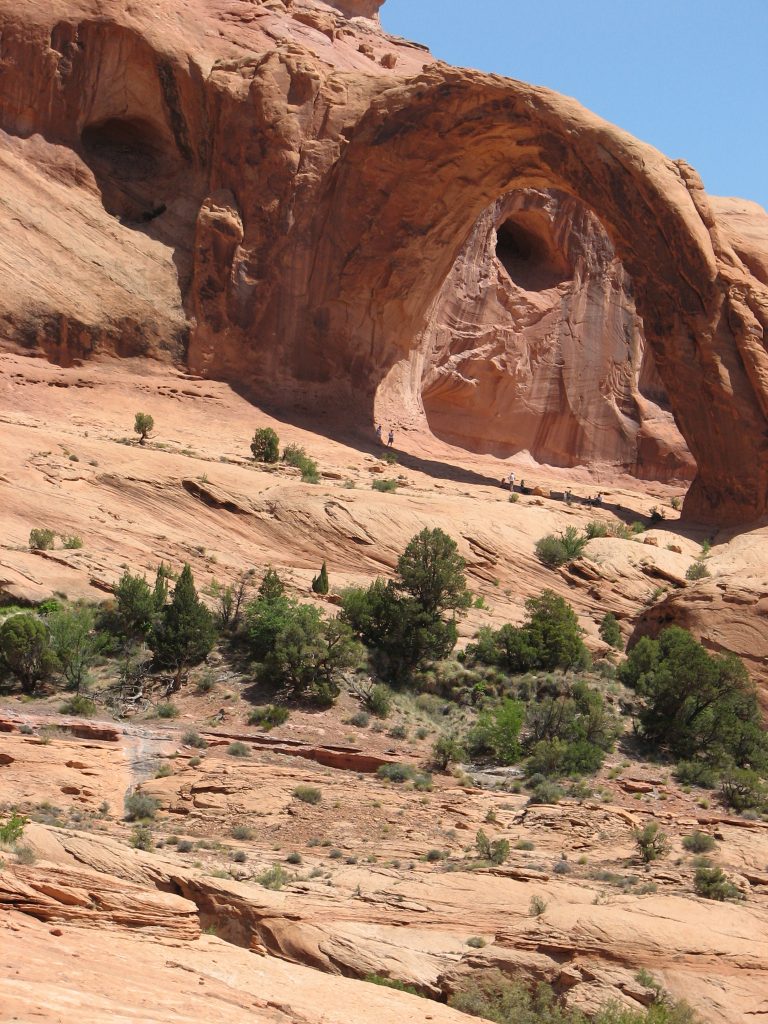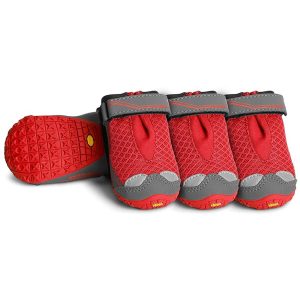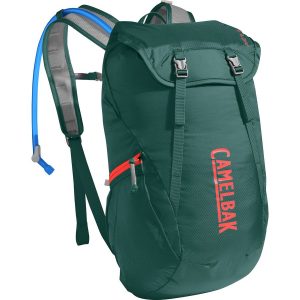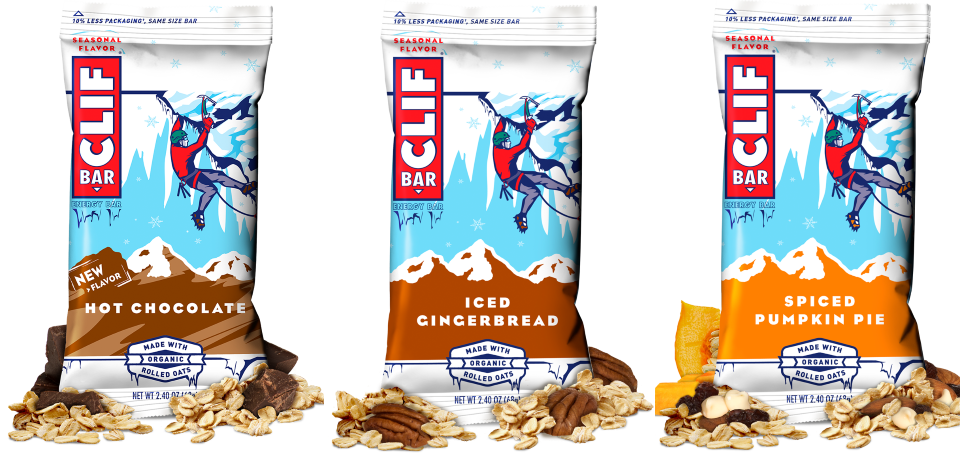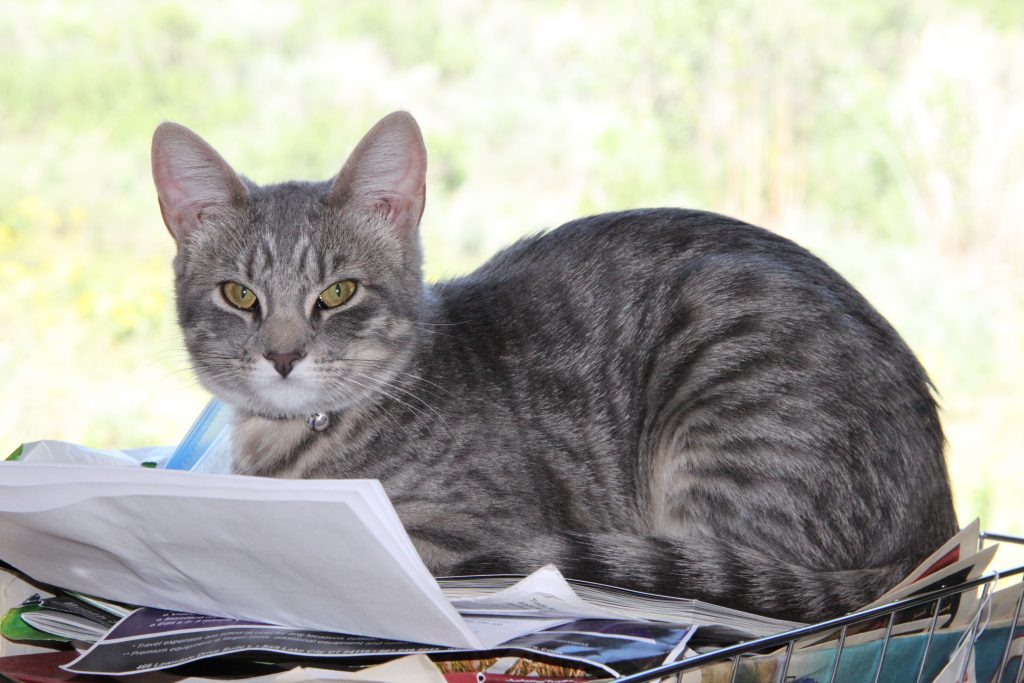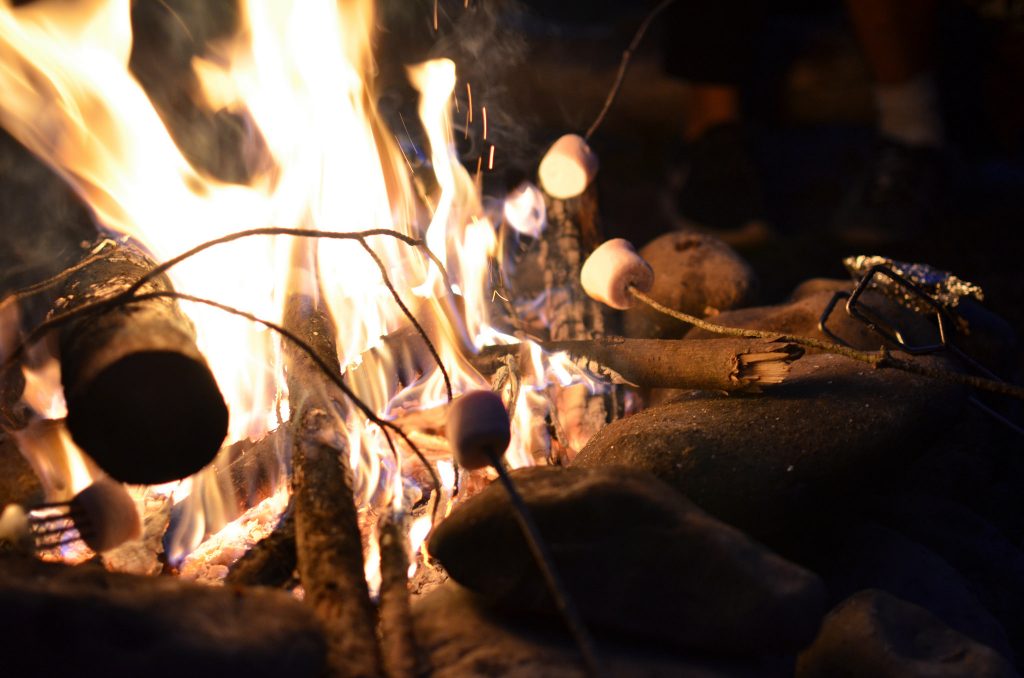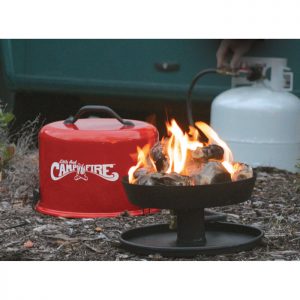Frontsight Brings The Hammer Down

I want to be witty and prosaic about my time at Frontsight but I’m brain dead. Which, BTW, is not a good thing to be when you have to have a gun in your hand for four, 12-hour-days. I’m learning so much so fast my ears are ringing. Or is that just a result of my lifting up the left earmuff before the last person on the first relay had fired? Either way, I’m a mess.
Heading to Frontsight
Four blonds from Utah in bright colors with snappy attitudes have taken over the 2nd relay (that’s a fancy way of saying the back row of never-ever shooters). Guns are serious business but our Frontsight coach Bishop says the number two rule of our four-day defensive handgun class is to have fun. And that we are. (The first rule is to be safe.) So why isn’t anyone else chuckling at our innuendos and personality? No matter. We’re still having a blast down here in Pahrump, Nevada. Ha ha a pun! But seriously I never thought I would really shoot bad guys and look what I did today-
That was the highlight of Day 2- shooting bad guys. By midday, things were starting to click. Another pun! I was pulling my Glock from its holster just like the 1st relayers; I was loading the mag with ease, I was aiming accurately and I was hitting what I sighted.
The sound of the gun and the jerk of the muzzle are becoming second nature. That’s what Frontsight is about. Repetition of the skills you would need to successfully fire a loaded weapon so the movements become automatic. In the time it takes you to wonder what you should do, you’ve been shot. But Frontsight isn’t a place like you would see in a spaghetti western; filled with drunk rednecks shooting pistols and rifles in the air while screaming YeeeHaw! “If it’s not worth dying for, it’s not worth shooting for” is the mantra we hear at the daily lectures. Here, we’re learning responsibility. This is firearm bootcamp for civilians (and servicemen on their own dimes). It’s where you go to learn something beyond basic point and shoot techniques. It’s where you learn that there’s so much more to learn about guns.
Frontsight’s Playground
They call this 550-acre compound surrounded by BLM land ‘Disneyland for Gunlovers’. I get it. Pulling into the parking lot I get those same excited butterflies I get when I park under Jiminy Cricket or Pluto and wait for the tram to carry me to the Magic Kingdom.
I have much to share but my fingers hurt. I have to sleep now. I’ll dream of shooting bad guys. I’ll hunt them down and make them cry.
My friends wonder if they would be able to shoot a real person. I don’t wonder. I know that if the situation presented itself, I could. I just hope it never ever comes to something like that. The consequences as we have learned are intense. Tomorrow, we practice “tactical movements”. As in we move. Not sure exactly how this works but I’m pretty sure I’ll have a good idea in the first 15 minutes of my day. Giddy up.
P.S. if you’re interested in learning more about Front Sight, the courses or membership, send me note!


